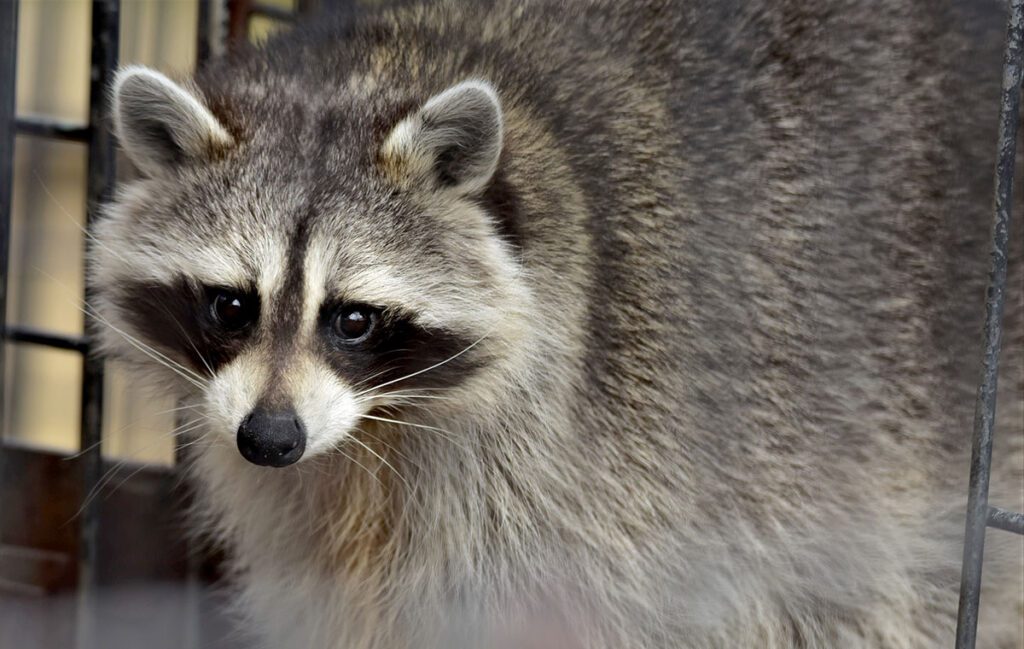November 4, 2019
Animal care professionals who work with aging animals face special challenges as they strive to give the animals the best care possible. We closely observe all our animals but even more so as they get older. We watch how they move, how they eat, how often and where they sleep, and all other bodily functions.
Putting ourselves in their place gives us the perspective needed to evaluate their comfort level and ask ourselves, “Can we improve their habitats to make them more comfortable and more active?”, and if so, “How?”.Our raccoons, Buffy and Willow, are a good example. At 12 years old, they are 2 of the oldest raccoons in any North American zoo. Watching their habits, how they get to Point A from Point B, where do they like to sleep, and the rest of their activity patterns showed me how we could improve their habitat to improve their lives.
Using a basic philosophy of keeping them active, but comfortably active, I watch them walk up and down the various logs and branches to see what they use, what they don’t, and if they show any signs of struggle when using them. Some logs we’ve replaced with ramps, and some have been repositioned to get the girls where they want to go. The goal is to encourage them to move more frequently by making it easier for them to do so.Winter brings a whole new set of challenges. The raccoons have a wooden box they like to sleep in, and keepers use straw as insulation and provide blankets for them, which they love to snuggle under. (We accept donations!) This year we enhanced their night quarters by adding commercial insulation to the sides, top, and bottom, as well as covering the floor with the same thick rubber used for horse stall mats.
On chilly, sunny days, Buffy and Willow lay on a small bench at the front of their enclosure that gets plenty of sun. To make that experience better for them, keepers installed a larger bench with a rubber mat to lay on and a piece of plexiglass on one side to provide a windbreak. Tarps are effectively placed around the enclosure wherever necessary for the same purpose.These are just some examples of what steps the keeper staff take to help make our animals, geriatric or not, live better and more comfortable lives.
– Zoologist Brian Sheets

